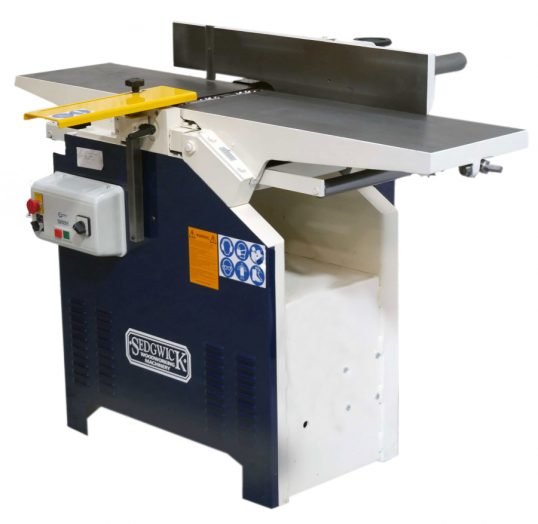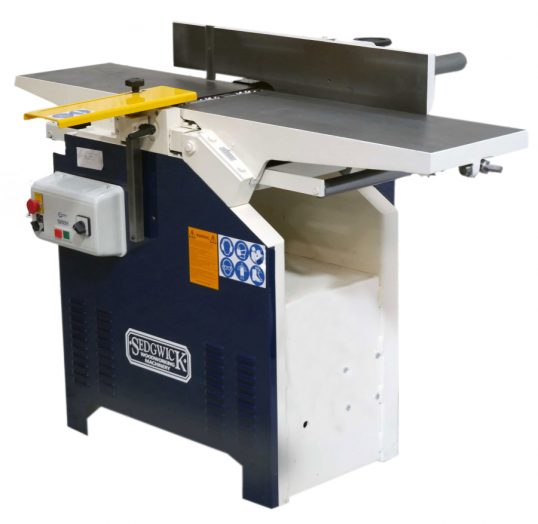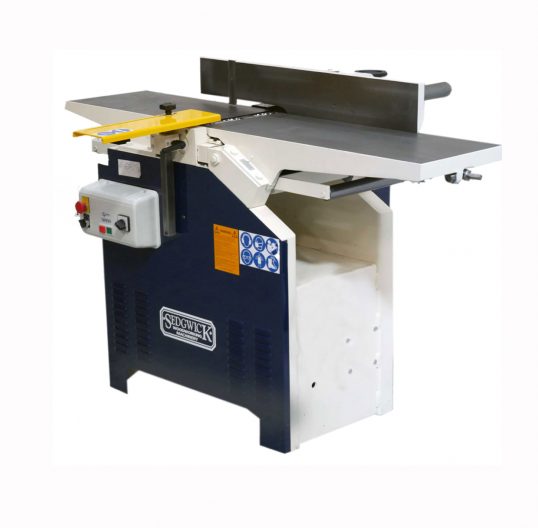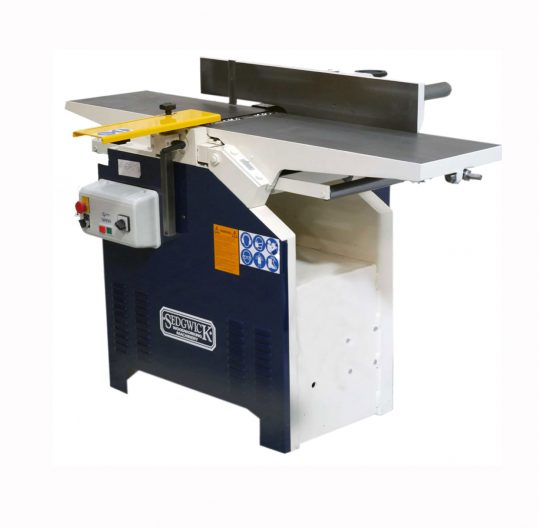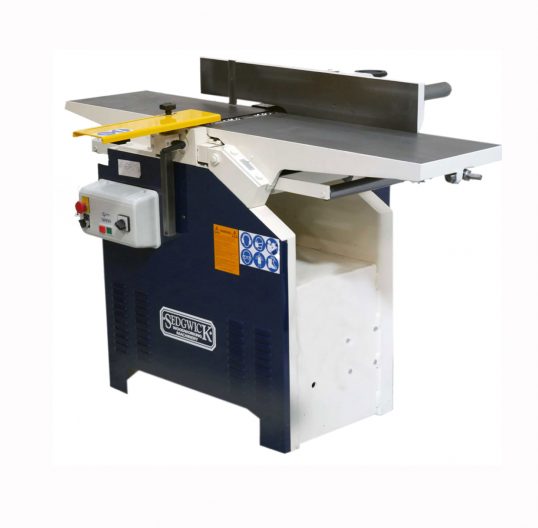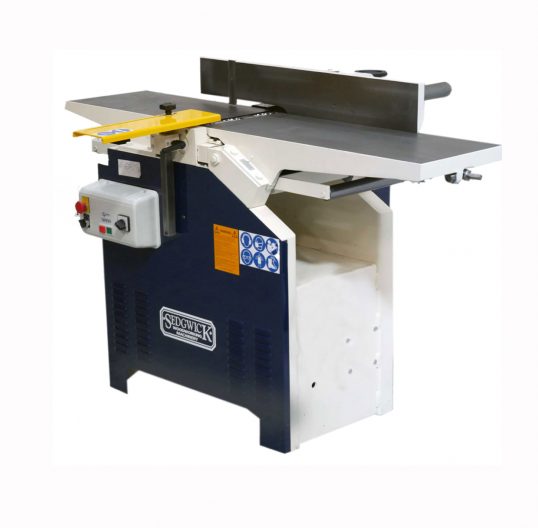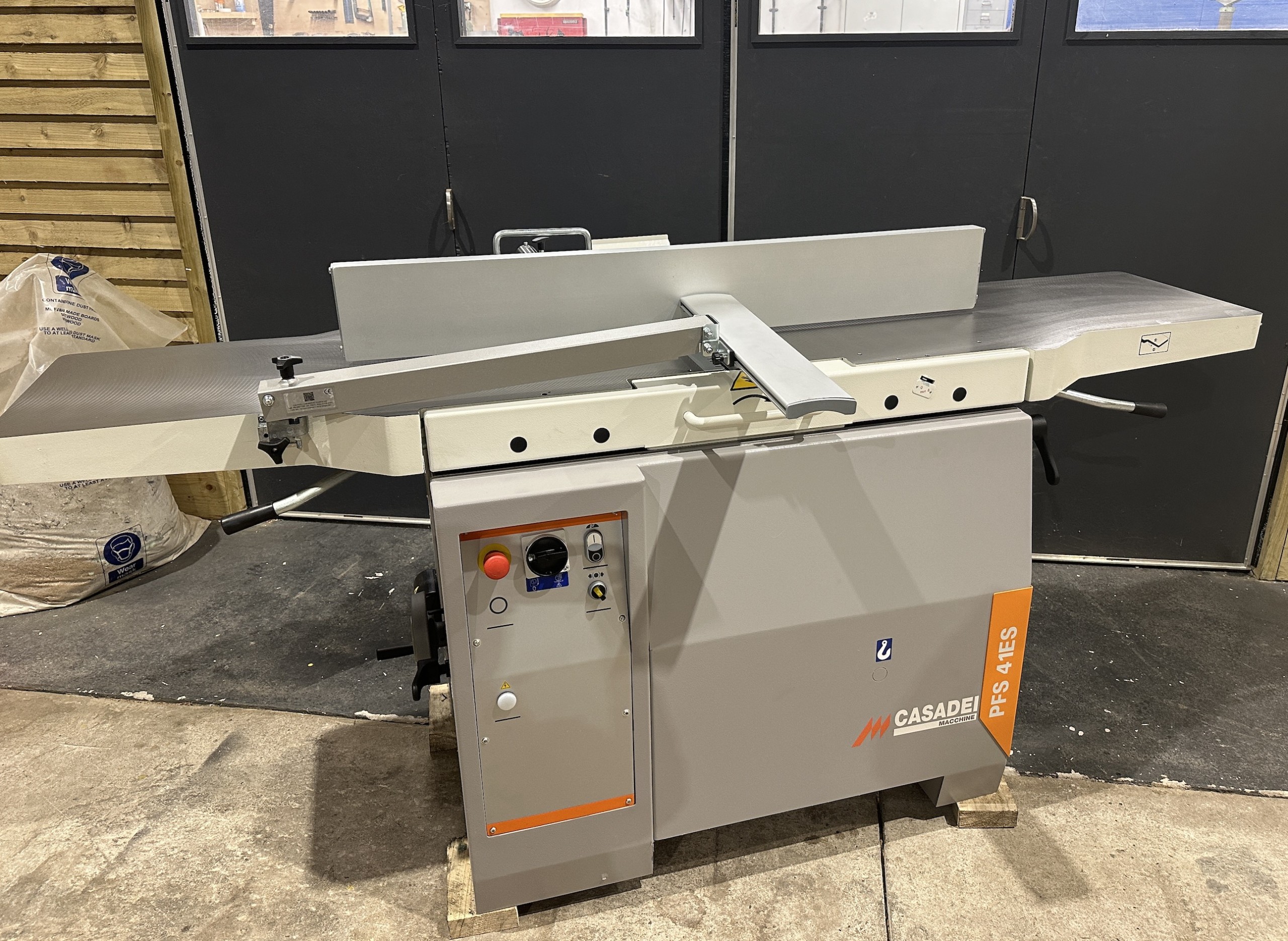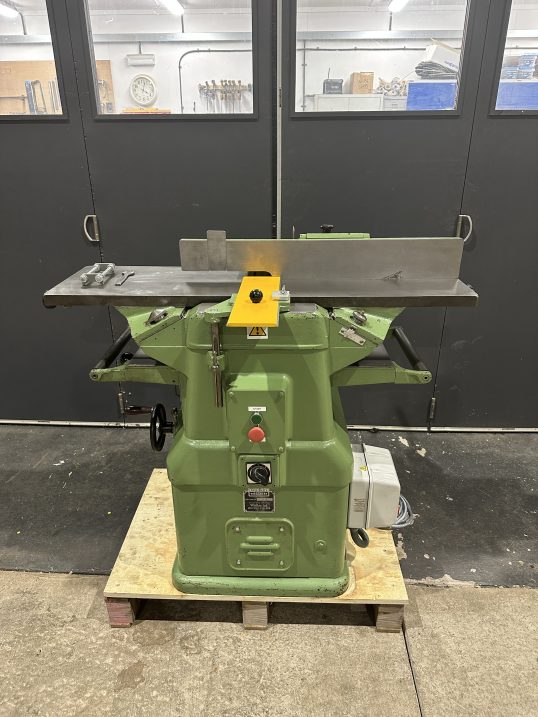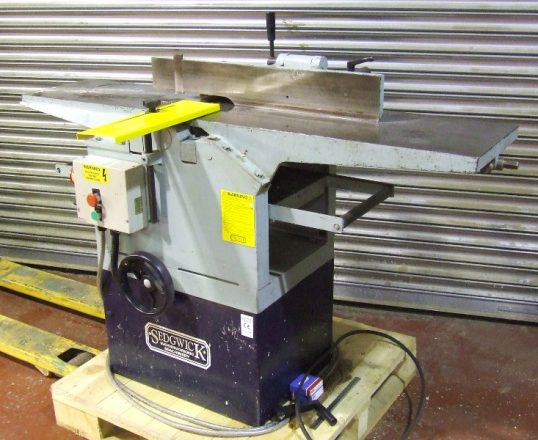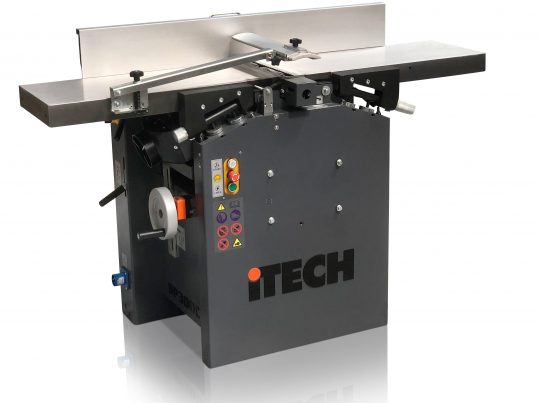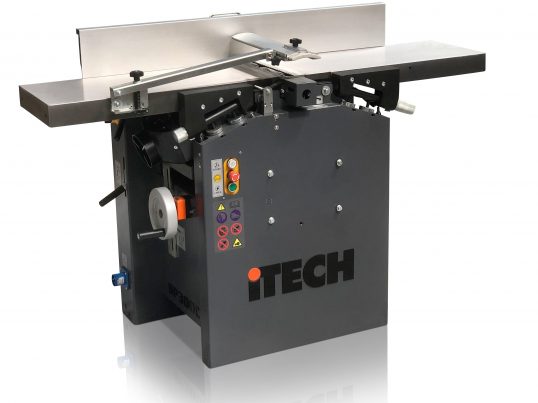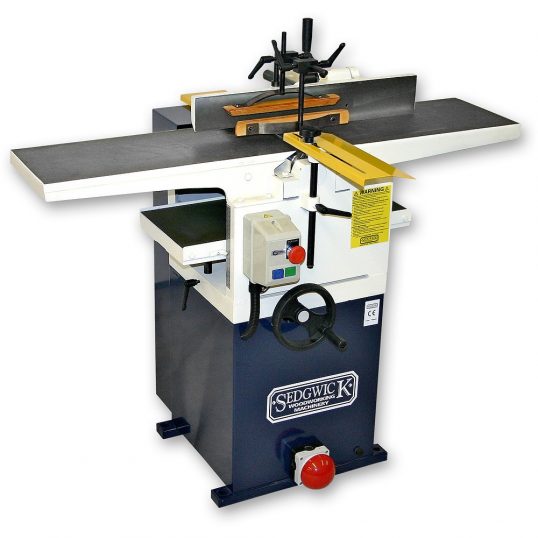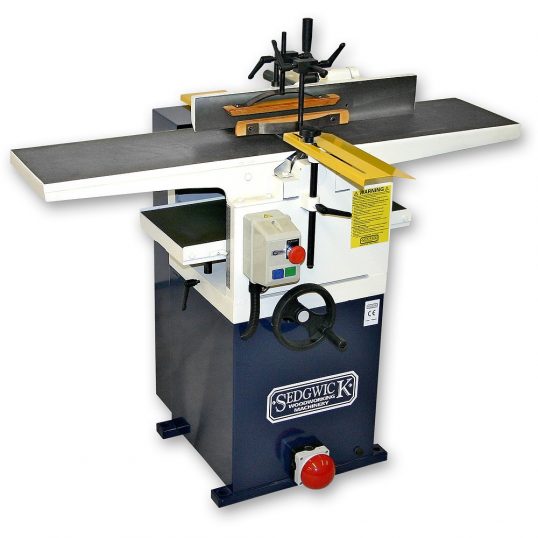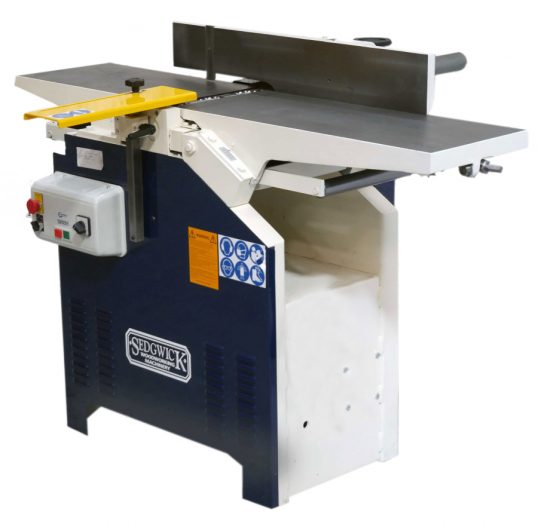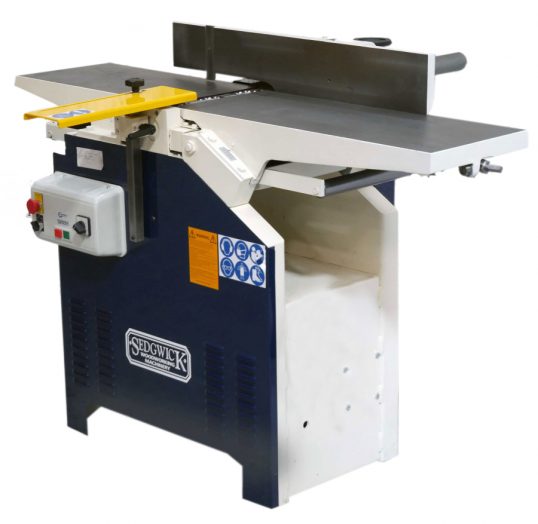While we often have second hand planer thicknessers for sale online we also have brand new models. If you’d like a new model but are concerned about the extra cost we can help. We work in partnership with Tower Finance to offer flexible financing options to our customers to enable them to buy the very best woodworking machines. If you’d like some more details give us a call on 01278455622 or email info@twswood.co.uk
Planer Thicknessers: Essential Tools for Precision Woodworking
A planer thicknesser is a must-have machine for any woodworking enthusiast or professional, offering the ability to achieve perfectly smooth, even, and dimensionally accurate timber. Combining the functions of both a planer and a thicknesser, this versatile tool can streamline your woodworking process, saving time and ensuring consistency across your projects.
What is a Planer Thicknesser?
A planer thicknesser, also known as a jointer-thicknesser, is a dual-purpose woodworking machine. It serves two primary functions:
- Planing: This process flattens and smooths one face of the wood. The planer side of the machine ensures that the timber’s surface is level, which is essential for creating straight edges and preparing the wood for further processing.
- Thicknessing: After planing one side of the wood, the thicknesser comes into play. It reduces the thickness of the wood to the desired measurement while maintaining parallel surfaces. This is critical for ensuring uniformity across all pieces of timber used in a project.
Why Invest in a Planer Thicknesser?
Owning a planer thicknesser is invaluable for anyone serious about woodworking. Here’s why:
- Precision and Accuracy: The ability to adjust the thickness and achieve a consistent, smooth finish makes it easier to work with raw or rough timber, turning it into high-quality, usable wood.
- Versatility: Whether you’re working on furniture, cabinetry, or intricate joinery, a planer thicknesser can handle a wide range of projects. It’s especially useful for reclaiming old wood, allowing you to give new life to previously discarded timber.
- Time-Saving: By combining two essential woodworking functions into one machine, you significantly reduce the time spent preparing wood, freeing you up to focus on the creative aspects of your projects.
Choosing the Right Planer Thicknesser
When selecting a planer thicknesser, consider factors such as:
- Width Capacity: The width capacity determines the maximum size of timber that can be processed. Choose a machine that suits the scale of your typical projects.
- Motor Power: A more powerful motor allows for smoother operation and the ability to handle harder woods without strain.
- Cutterhead Type: The cutterhead influences the quality of the finish. Options like spiral cutterheads provide finer finishes and quieter operation.
- Build Quality: Invest in a robust, well-constructed machine to ensure durability and longevity, especially if you plan on using it regularly.
How to Use a Planer Thicknesser
Using a planer thicknesser requires some technique and understanding:
- Safety First: Always wear protective gear and follow safety guidelines when operating the machine.
- Preparation: Begin by flattening one face of the wood using the planer function. Ensure that the timber is free from nails or other foreign objects that could damage the blades.
- Thicknessing: Once one face is flat, feed the wood into the thicknesser to achieve your desired thickness. Make multiple passes, adjusting the machine in small increments to prevent removing too much material at once.
TWS Wood: Your Source for Quality Planer Thicknessers
At TWS Wood, we offer a range of high-quality planer thicknessers to suit every woodworker’s needs, from hobbyists to seasoned professionals. Our selection includes models with various capacities and features, ensuring you find the perfect tool for your workshop.
Whether you’re looking to upgrade your existing equipment or starting from scratch, explore our comprehensive range of planer thicknessers and discover how they can transform your woodworking projects. With our commitment to quality and customer satisfaction, TWS Wood is your trusted partner in achieving precision and excellence in every piece you create.

